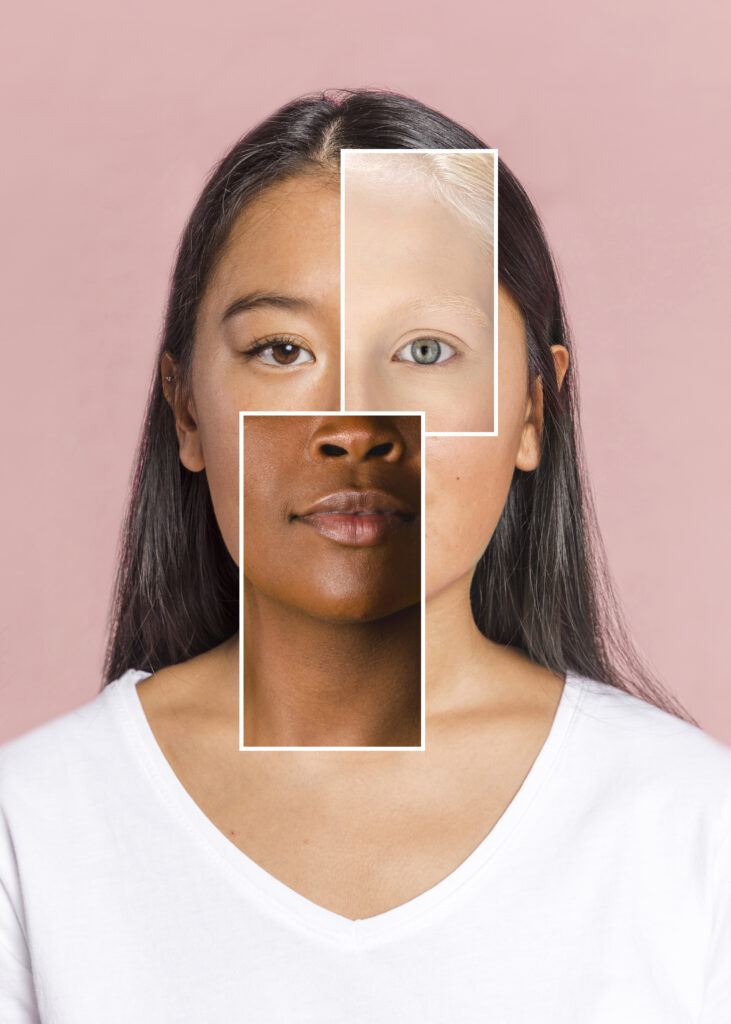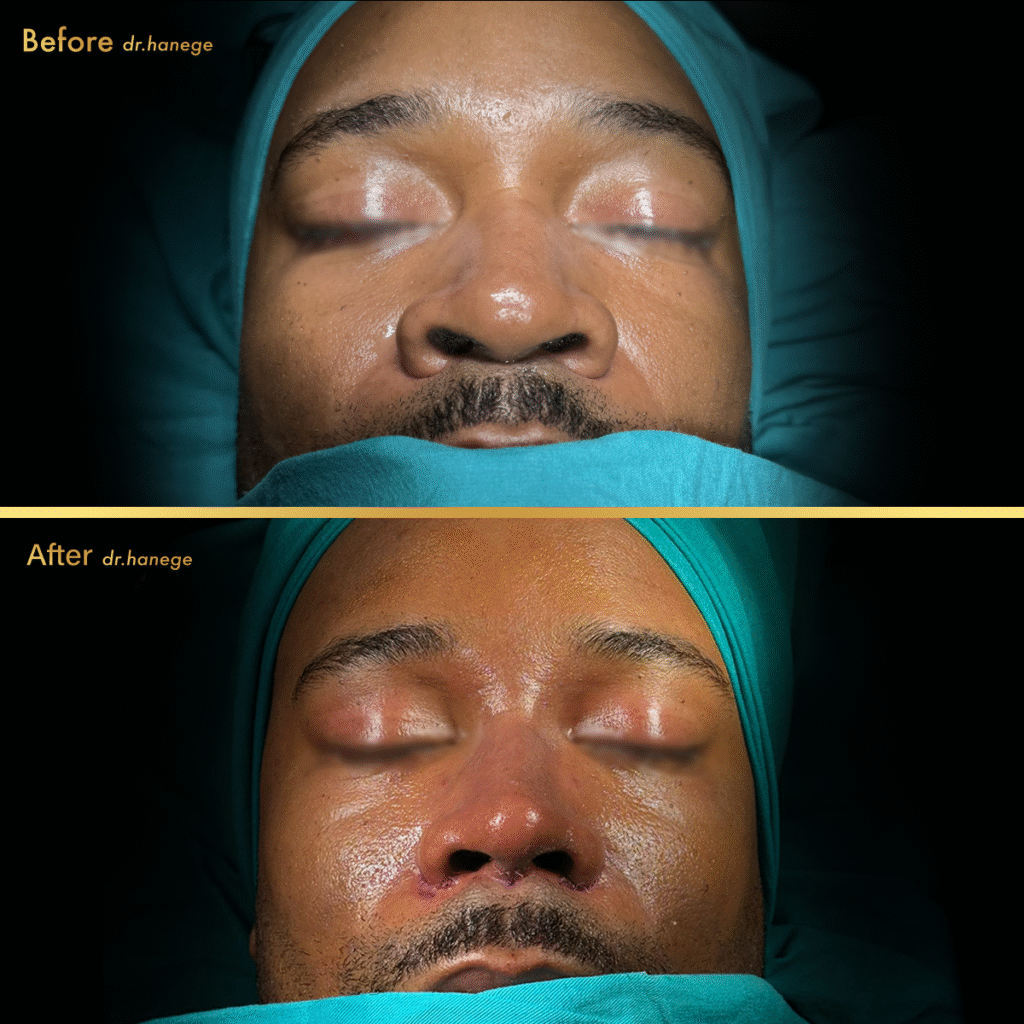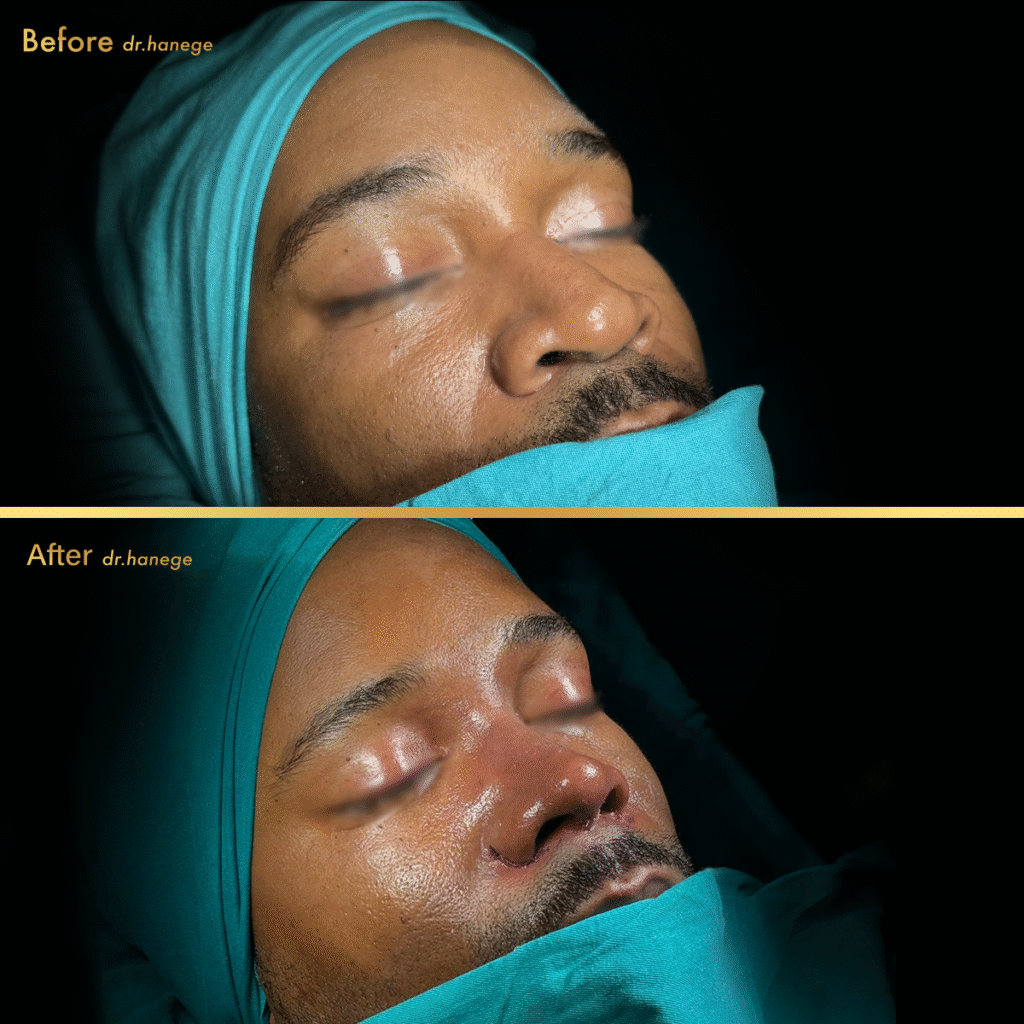
Rhinoplasty, commonly known as a “nose job,” is one of the most popular cosmetic surgeries worldwide. While standard rhinoplasty focuses on reshaping and refining the nose for aesthetic or functional purposes, ethnic rhinoplasty requires a more specialized approach. This is because patients from different ethnic backgrounds—such as Middle Eastern, African, Asian, or Hispanic descent—often have unique nasal structures, skin thickness, and aesthetic preferences that must be carefully considered.
In this article, we will explore 10 key reasons why ethnic rhinoplasty is different from standard nose surgery, and why choosing an experienced surgeon who understands ethnic variations is essential for natural, harmonious results.

1. Anatomical Differences in Nasal Structure
The primary reason ethnic rhinoplasty differs from standard procedures lies in nasal anatomy.
- Caucasian noses typically feature thinner skin, higher bridges, and narrower nostrils.
- Ethnic noses, depending on background, may have:
- Thicker skin (common in African and Middle Eastern patients)
- Wider nasal bases and nostrils
- Lower or flatter nasal bridges (common in Asian and Hispanic patients)
- Weaker cartilage support
These differences require surgeons to use tailored techniques instead of a “one-size-fits-all” approach.
2. Thicker Skin Challenges
Thick nasal skin is one of the most defining aspects of ethnic rhinoplasty. Unlike thin-skinned patients, where small changes are easily visible, thick skin may hide subtle refinements and make definition harder to achieve.
Surgeons must carefully:
- Reshape underlying cartilage
- Avoid over-resection (removing too much tissue)
- Focus on projection and support rather than aggressive reduction
This challenge makes ethnic rhinoplasty more technically demanding.
3. Preserving Ethnic Identity
One of the most important goals in ethnic rhinoplasty is respecting cultural and personal identity. Many patients want refinement and balance without erasing the natural features that reflect their heritage.
For example:
- A Middle Eastern patient may want to smooth a dorsal hump but still maintain strong nasal character.
- An African patient may seek nostril narrowing while keeping a natural ethnic contour.
Unlike standard rhinoplasty, which often aimed at a more “universal” look in the past, ethnic rhinoplasty today emphasizes individuality and authenticity.
4. Advanced Grafting Techniques
Because many ethnic noses have weaker cartilage structures, surgeons often need to use grafting to provide support and definition.
- Septal cartilage is the first choice, but it may not always be sufficient.
- Ear cartilage or rib cartilage may be harvested for additional support.
- Grafting helps enhance projection, improve tip definition, and stabilize long-term results.
In standard rhinoplasty, grafting is less frequently required, making ethnic rhinoplasty a more complex procedure.
5. Wider Nasal Bases and Nostril Reduction
Many ethnic patients present with a wide nasal base or flared nostrils. Ethnic rhinoplasty often includes alar base reduction, which narrows the nostrils while maintaining natural proportions.
This step requires extreme precision:
- Over-reduction may create an unnatural look.
- Subtle reshaping ensures harmony with other facial features.
Standard rhinoplasty typically focuses less on nostril reshaping, highlighting another key difference.
6. Customized Aesthetic Standards
Beauty ideals vary significantly across cultures. A “perfect nose” in one part of the world may not be considered attractive elsewhere.
- Western standards often favor a smaller, narrow, and highly defined nose.
- Middle Eastern patients may prefer a straighter profile while maintaining strength.
- Asian patients may desire more projection but still want balance with softer features.
Ethnic rhinoplasty requires a personalized approach, respecting cultural aesthetics and the patient’s vision.
7. Functional Considerations
Beyond aesthetics, breathing function must always be preserved—or even improved—during ethnic rhinoplasty. Because some ethnic nasal anatomies already feature weaker cartilage or narrower airways, surgeons must avoid compromising airflow.
Techniques such as spreader grafts or septoplasty may be incorporated to ensure functional as well as cosmetic success.
In contrast, many standard rhinoplasty cases focus primarily on reshaping without these added complexities.

8. Risk of Scarring and Healing Differences
Patients with darker skin tones, such as African or South Asian individuals, may have a higher risk of visible scarring or keloid formation.
This means surgeons must:
- Choose incision techniques carefully (often favoring closed rhinoplasty when possible)
- Use meticulous suturing methods
- Provide detailed post-operative scar management plans
These healing differences make ethnic rhinoplasty more delicate compared to standard procedures.
9. Longer Recovery and Swelling Duration
Due to thicker skin and more extensive structural adjustments, swelling after ethnic rhinoplasty may last longer than in standard nose surgery.
- Standard rhinoplasty patients often see results within 6–12 months.
- Ethnic rhinoplasty patients may need 12–18 months for the final shape to fully emerge.
Managing patient expectations is essential, as results take longer but are worth the wait.
10. Need for Specialized Experience
Perhaps the most important difference is the surgeon’s expertise. Ethnic rhinoplasty is not a procedure that every rhinoplasty surgeon can perform successfully.
An experienced ethnic rhinoplasty surgeon:
- Understands anatomical variations across ethnic groups
- Balances aesthetics with cultural identity
- Uses advanced grafting and preservation techniques
- Minimizes risks of scarring and breathing problems
Choosing the right surgeon is the key to achieving natural, harmonious, and lasting results.

Why Ethnic Rhinoplasty Requires a Different Approach
Unlike standard rhinoplasty, which may rely on reduction techniques, ethnic rhinoplasty is often additive and reconstructive. The aim is not to create a “westernized” nose but to refine proportions, enhance definition, and preserve identity.
This makes ethnic rhinoplasty a highly individualized art form where cultural understanding, surgical skill, and patient communication all play vital roles.
Conclusion
Ethnic rhinoplasty is fundamentally different from standard nose surgery due to variations in anatomy, skin thickness, cultural preferences, and healing patterns.
To summarize, the 10 main differences are:
- Anatomical differences in nasal structure
- Thick skin challenges
- Preserving ethnic identity
- Advanced grafting techniques
- Wider nasal bases and nostril reduction
- Customized aesthetic standards
- Functional considerations
- Healing and scarring differences
- Longer recovery times
- Requirement of specialized surgical experience
For patients considering this procedure, the most important step is choosing a surgeon with proven expertise in ethnic rhinoplasty. Only then can you achieve results that are both natural and respectful of your heritage.

